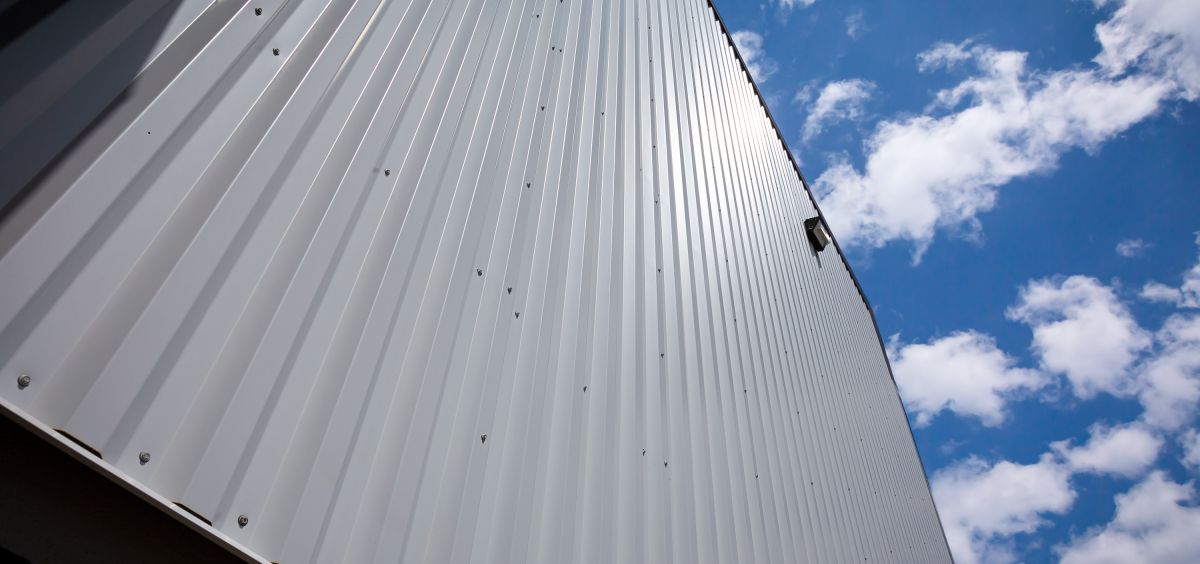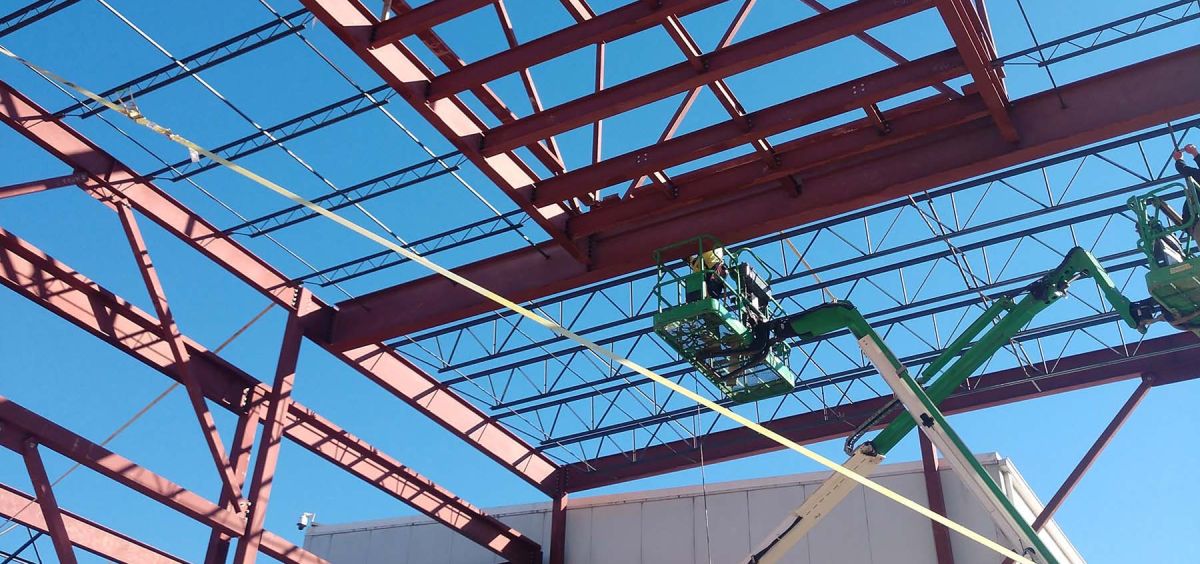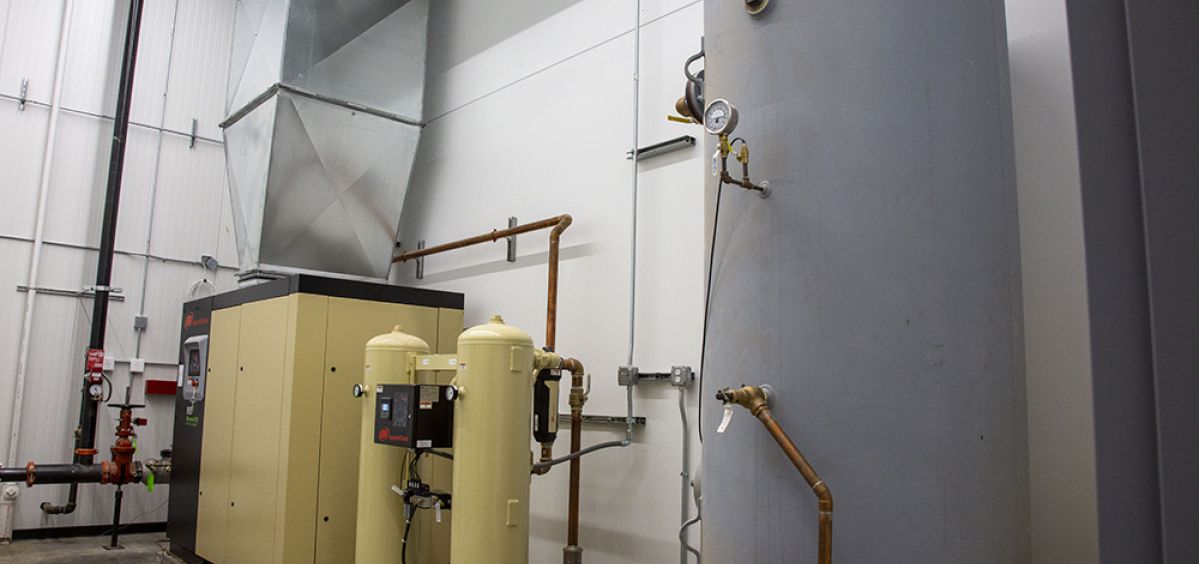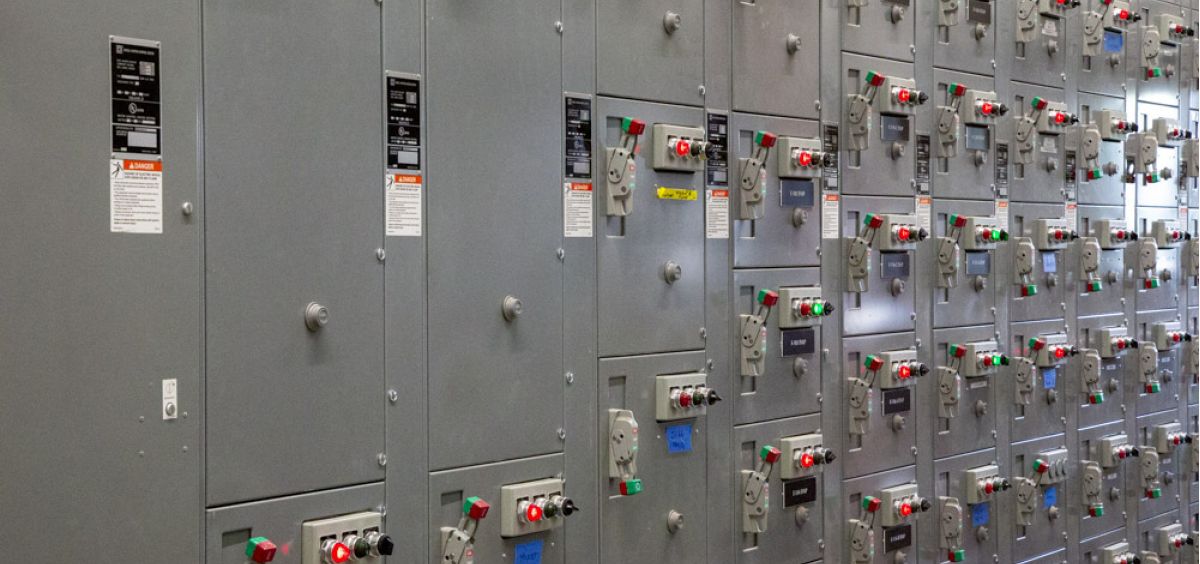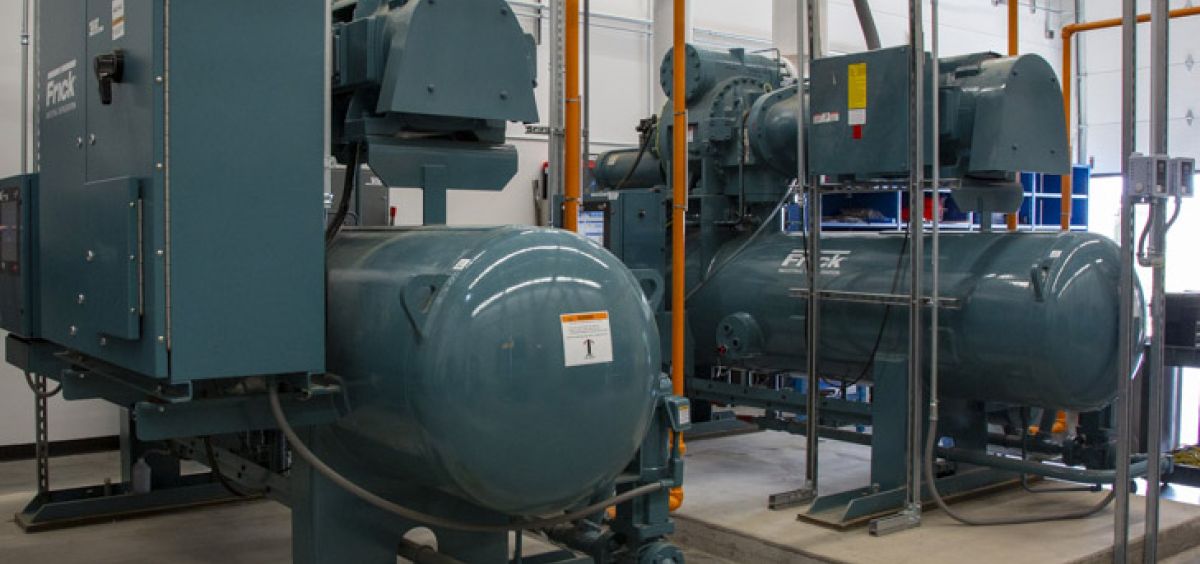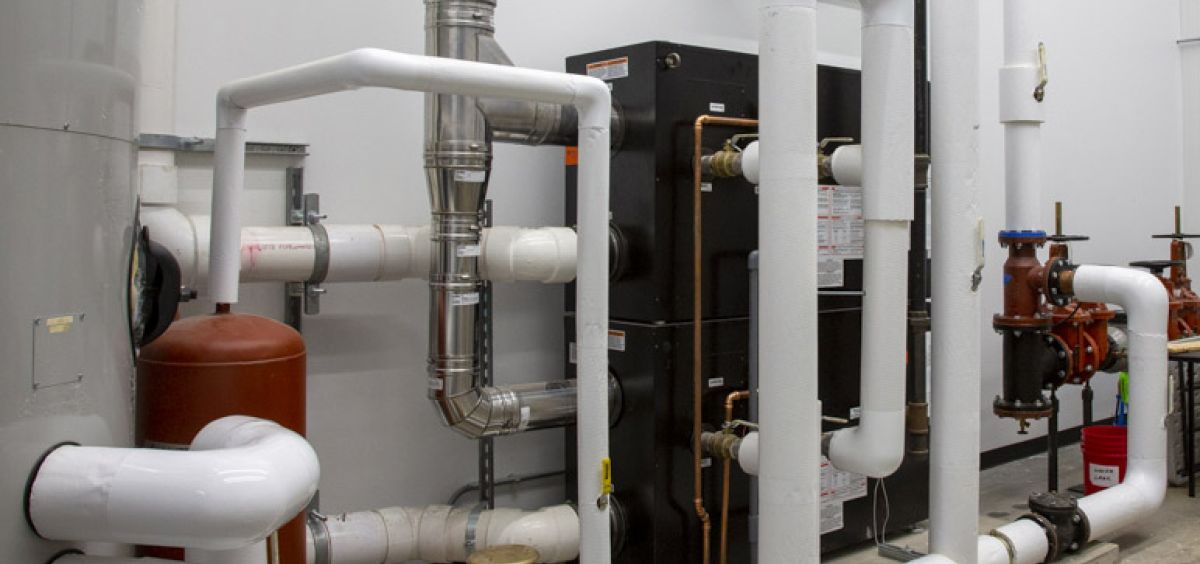Facility Design
Integrating Food Safety and Sustainability
Need your operation to be hygienic and food safe?
Your facility needs to be cleanable in an efficient and cost-effective manner. For the most part, any facility can be cleaned. The key is how long will it take, how easy is it to accomplish, and will the materials hold-up over time? We lean on knowledge gained from a long history of past food plant projects to design your facility to hygienic standards that will improve the ease of cleaning, reduce time for cleaning, and withstand the rigors of cleaning.
Want your operation to be energy efficient and sustainable?
Your entire operation must effectively and economically use natural energy resources such as gas, electric and water to reduce overall production costs and be environmentally sustainable. Our team takes a two-prong approach to sustainability by striving to design systems that both reduce energy consumption as well as reduce waste discharge.
Grow Your Operation with Prudent Facility Features
Once your facility layout has been established, the components and materials of the facility design must be determined. The design must account for considerations that affect food safety, sanitation, life-cycle cost, durability, and maintenance.
Food Plant Engineering has in-depth knowledge of the nuances of designing a food facility. We will discuss with you the many options and cost/benefits of different design solutions and material options to prevent problems such as:
-
Floors
Food facility floors are under constant strain from the physical abuse of heavy traffic, thermal shock from temperature variations between cleanup and operation and chemical attack from harsh cleaning chemicals. The various materials, correct application of the materials and cost effectiveness of each type are important considerations for your facility. We work with you to choose flooring materials that can be maintained to withstand the abuse that floors in food facilities undergo.
-
Freezer Floors
Freezer floor slabs are subject to heaving if not designed properly. Ice can also build up on freezer floors, making them slippery and hazardous. We implement design methods to address these susceptibilities.
-
Condensation
Condensation will occur in improperly designed facilities and can cause food products to become adulterated. Problems often stem from improper vapor barriers in insulated panel construction, vapor pressure issues or infiltration/exfiltration between different types of rooms. We work to avoid these pitfalls to prevent condensation from occurring.
-
Walls
Walls are subject to physical abuse from traffic and chemical abuse from cleaning products. Choosing the materials that can withstand the physical and chemical abuse and understanding the proper application of the materials is essential, as is selecting which manufacturers to specify and the recommended methods for protecting walls from extreme physical abuse.
-
Drains
Floor drains are a source of potential contamination. Identifying the most sanitary floor drains for your facility and which drains are easiest to clean is crucial, as is the overall design of process-waste systems that minimize the potential for food contamination.
-
Lights
Food facility lighting fixtures must be easy to clean and maintain. Fixture appropriate for each application in a food facility must be chosen carefully.
-
Pipes & Conduits
In a food processing facility, piping and conduit materials must be sanitary on the interior and exterior. Materials must be able to withstand the abuse of chemical cleaning and hold up to temperature variations.
-
Air Conditioning/Ventilation
Air temperature in a food facility is important for employee comfort, productivity, and the safety of food products. Ventilation systems can also create food quality and contamination issues if not properly designed and balanced.
-
Refrigeration
Refrigerating a room or process efficiently mean selecting among the variety of equipment and refrigerants available today. Evaluation of your facility and processing requirements must be performed (as well as the understand the goals for your operation) before selecting the most appropriate system.
-
Equipment Utilities
Food processing equipment can require different types of energy sources. Often, choices can be made between sources. Proper utility infrastructure design involves pairing equipment with the appropriate sources of energy for and efficient and sustainable system.
-
Equipment Connections
Food equipment requires many connections for operation. Requirements are specific and experience is necessary to design the connections.
-
Sanitation Systems
Many types of sanitation systems exist - both wet and dry - and these systems must be applied properly. We help you determine the temperature and pressure requirements for wet cleanup and sanitation systems. Various methods for heating, circulation, and delivery of water, as well as the cost-effectiveness and efficiency of the equipment available must be considered.
-
Bio-Security
We understand that you must be cognizant of both the internal and external issues affecting the possible contamination of food. Area for receiving, storing, and producing food should be designed to help mitigate these issues.
